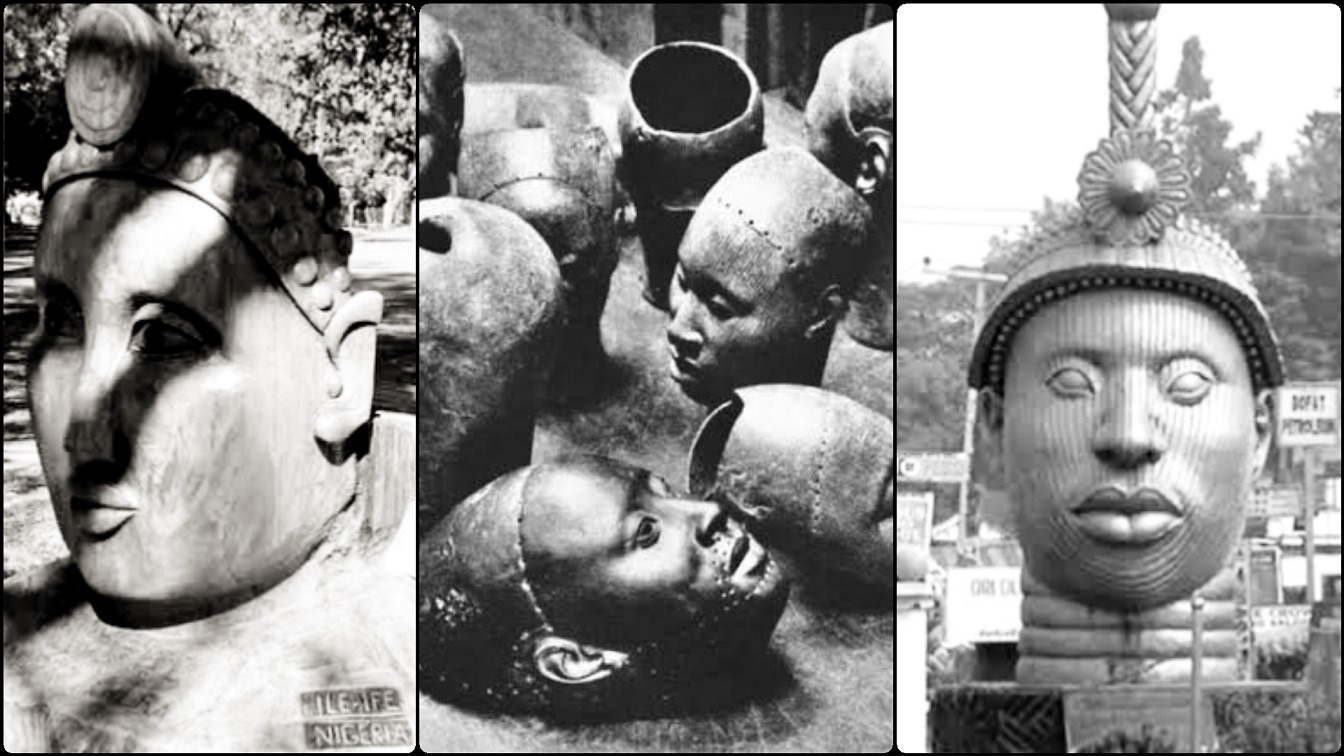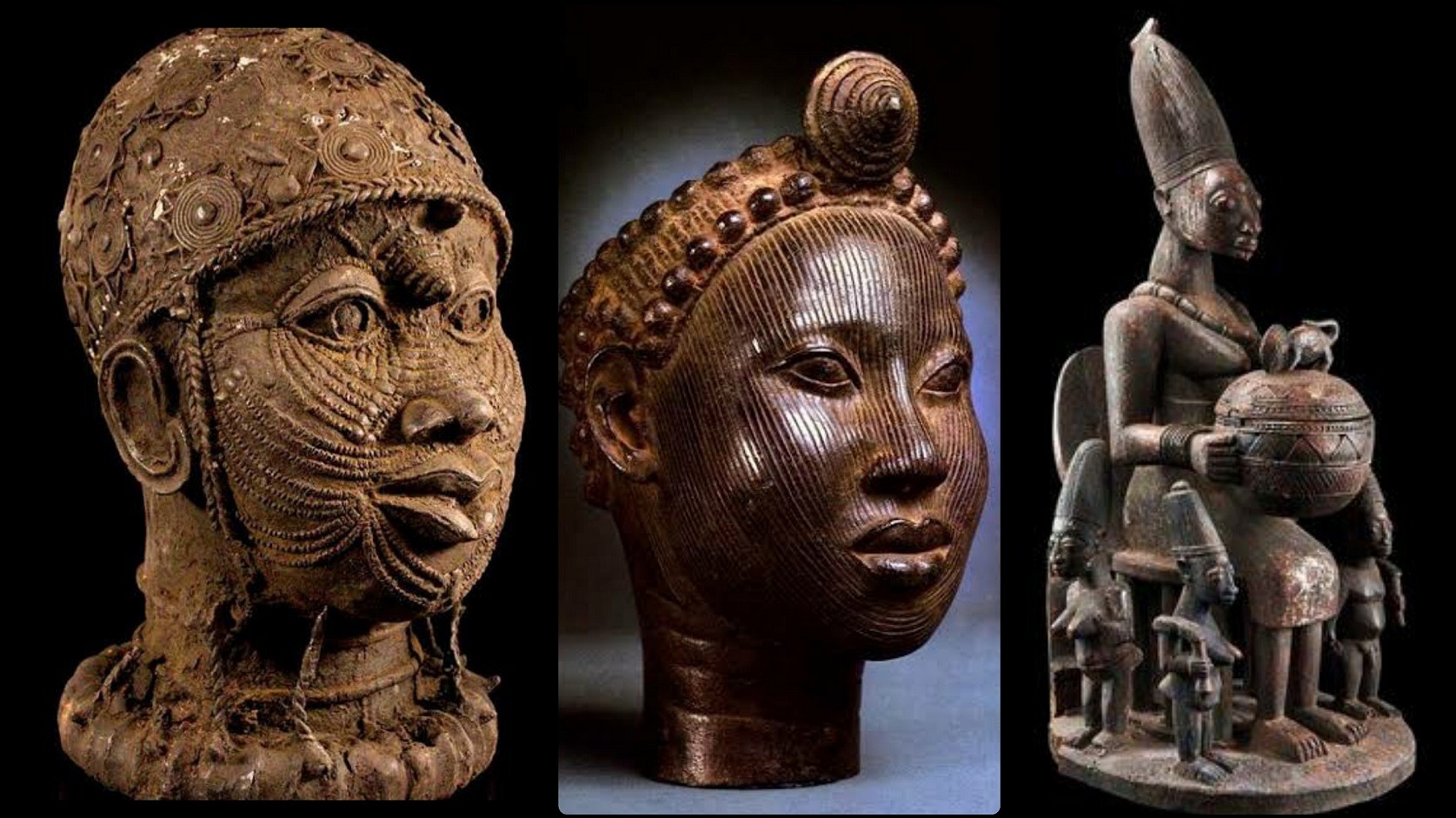Although this might come to you as a surprise, there is well-documented evidence that the City of Ile fie, an ancient urban center, and the cradle of Yoruba civilization located in present-day Osun state, south-western Nigeria, was first paved by a woman around 1067 BC.
Ile-Ife was first occupied at least since the 1st millennium CE, and it became the religious and cultural center of the Yoruba race. It was very significant to the Ife culture during the 14th and 15th centuries CE and is traditionally considered the birthplace of the Yoruba civilization, which began in the later part of the African Iron Age. Today, Ile-Ife is a prosperous and thriving metropolis with a population of around 350,000 people, mostly Yorubas.
Residents of the ancient kingdom were noted for making naturalistic Benin bronzes, terracotta heads, and copper alloy sculptures. Also, evidence at excavation sites shows local manufacture of glass beads, adobe brick houses, and potsherd pavements.
Queen Luwoo Gbagidi is credited with being the first person to commission the creation of uncommon pavements (now owned by the Ife Museum) and various other open-air courtyards paved with shreds and pieces of pottery o adorn and beautify her environment and any other Yoruba town she visited during her reign.
Born to Otaataa from Owode compound, Okerewe, Luwoo Gbagidi was married to Chief Ọbalọran of Ilode and was the mother of Adekola Telu, the founder of Iwo town. After the death of Ooni Giesi, she was crowned the next Ooni, the first female to assume the throne.
Although not much has been said or recorded about her, in part due to the tradition of much of the pre-colonial history of Nigeria being passed down through oral means, history has it that Luwoo Gbagidi was one of the most effective and influential Oonis of Ile-Ife.
Being a very beautiful and physically attractive woman, the Ooni took great pride in ensuring her kingdom was well taken care of. She encouraged her subjects to keep the environment clean and well-groomed.
Since she was averse to walking on bare soil, she was instrumental in ensuring the streets of Ile-Ife were paved. Lawbreakers were used as manual labor on the road construction sites, with miscreants often commanded to bake clay, and later using their bare knuckles to break them into pieces and lay on the floor for the queen to walk on.
Her no-nonsense approach to rulership made even the menfolk fear her, as she showed a great dislike for lazy men who broke the laws of the land. But she treated all equally, slave or freeborn, although was often seen as high-handed as she didn’t tolerate any form of insubordination and indiscipline.
As a result of this, when her reign came to an end, the council of obas was determined never to allow a woman before an Ooni ever again. However, even though much hated by the kingmakers, Ooni Luwoo still managed to assist her son, Adekola Tolu, to create the city of Iwo, and become the first Oluwo of Iwo.
Sources:
https://www.thoughtco.com/ile-ife-nigeria-169686






